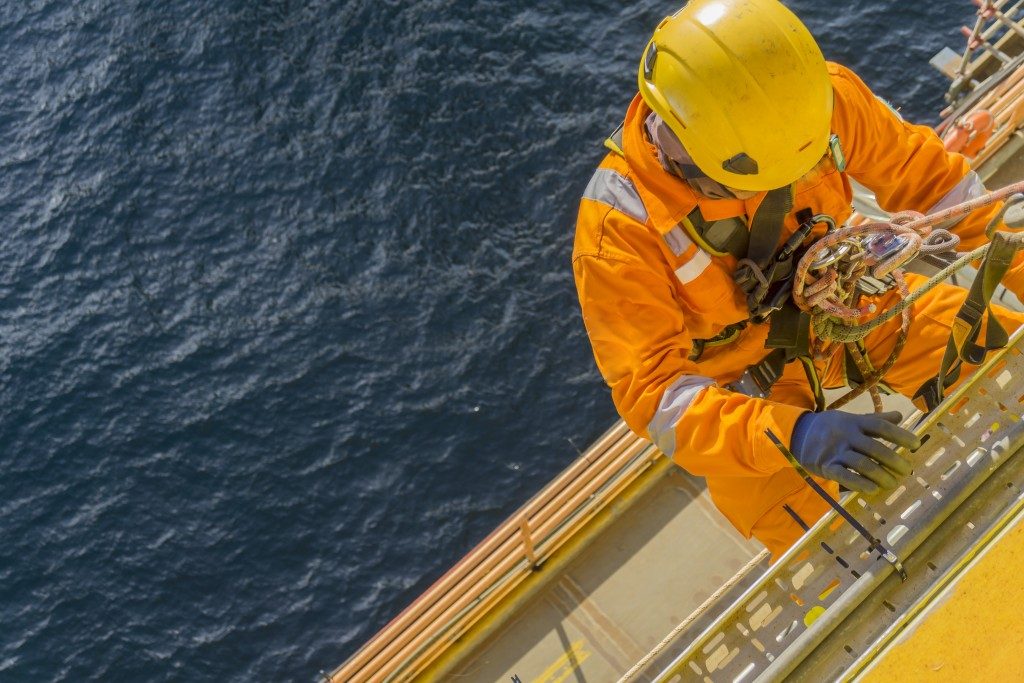Materials handling and manufacturing aren’t easy, and certain types of equipment and materials are downright hazardous. If your workplace is handling any of these, you should have a thorough understanding of the right equipment that you should use to protect yourself, your employees, and your business.
There are standards in personal protective equipment (or PPE) that should be followed in every workplace that deals with hazardous materials. Not only are these critical to maintaining the safety levels of the workplace; they also ensure that the material itself isn’t damaged or tampered with while in the facility.
The basics
PPE consists of four different types of equipment that covers the areas on the body that need to be protected:
● Skin, which needs to be protected against chemical or airborne particles via contact
● Eyes and face, which need a mask or helmet to protect against sparks or splashes
● Respiratory equipment, critical for places that have airborne particles
● Ears, for protection against loud or disorienting sounds that may be present
These four are essential to a good PPE outfit and should be the standard in any workplace that handles delicate or hazardous chemicals. This isn’t just limited to handling — even those that may be in charge of transport need to wear some type of PPE.
Levels of protection

As with the types of equipment, there are levels of protection that are afforded by different combinations and setups of PPE.
● A-Level PPE: This is used in cases where direct contact with hazardous material is required. This effectively contains the wearer in a closed system with no chance of outside contaminants leaking into their suit, sealing them off from their environment.
● B-Level PPE: While this equipment is the same as A-level, there is more focus on respiratory protection. This is often used for exploratory actions, where the wearer is not sure of the level of hazards the site or material can pose.
● C-Level PPE: This is still very protective safety equipment, but is used in environments that have dealt with the major risks of the material or surroundings in some way, such as air filtration. It also allows the wearer some intake of the air around them, not locking them in.
● D-Level PPE: This covers all safety equipment and other work clothing for low-level hazardous materials, which don’t present an immediate and constant risk to those who handle them.
It’s critical for employers and facility managers to properly identify which areas of the facility or which materials merit their respective PPE equipment levels. Aside from caring about the well-being of their employees, this information is critical to ensuring that their workplace is compliant with safety measures stated by their jurisdiction.
If you want to ensure your workers’ safety, it’s best to find a trusted supplier from which you can always get high-quality PPE. Regardless of your industry, investing in workplace safety is never a bad choice. Your business will also benefit from having a safe workplace and healthy employees.

